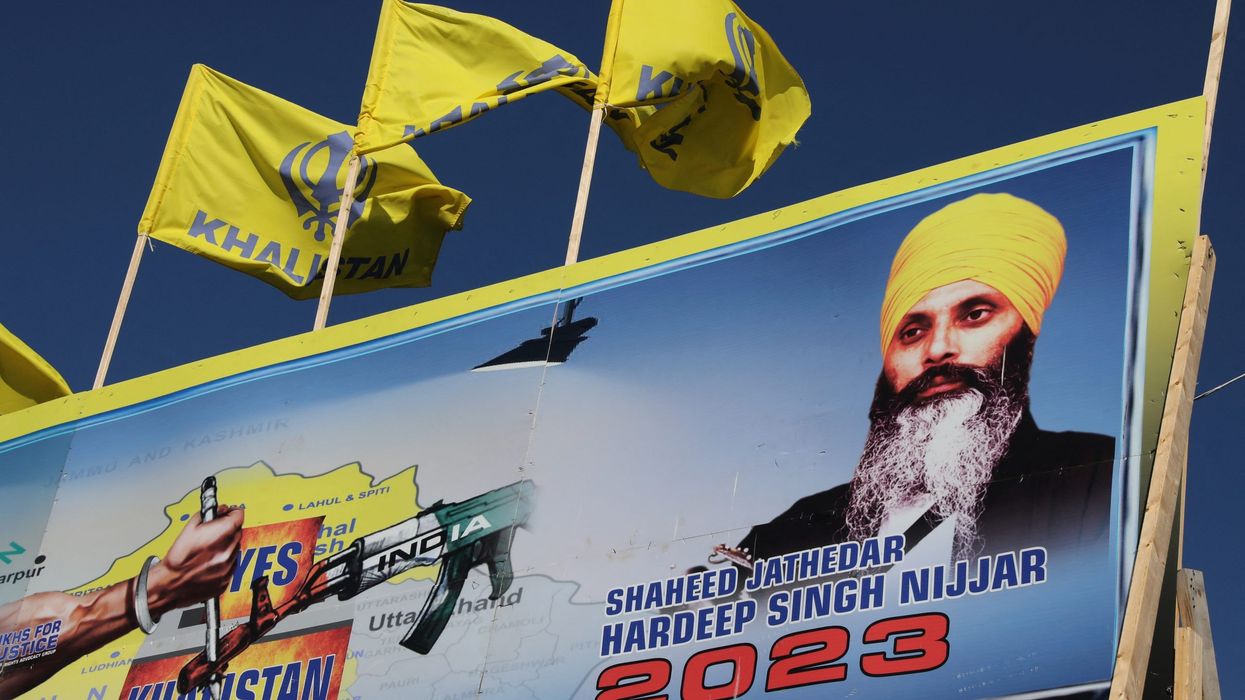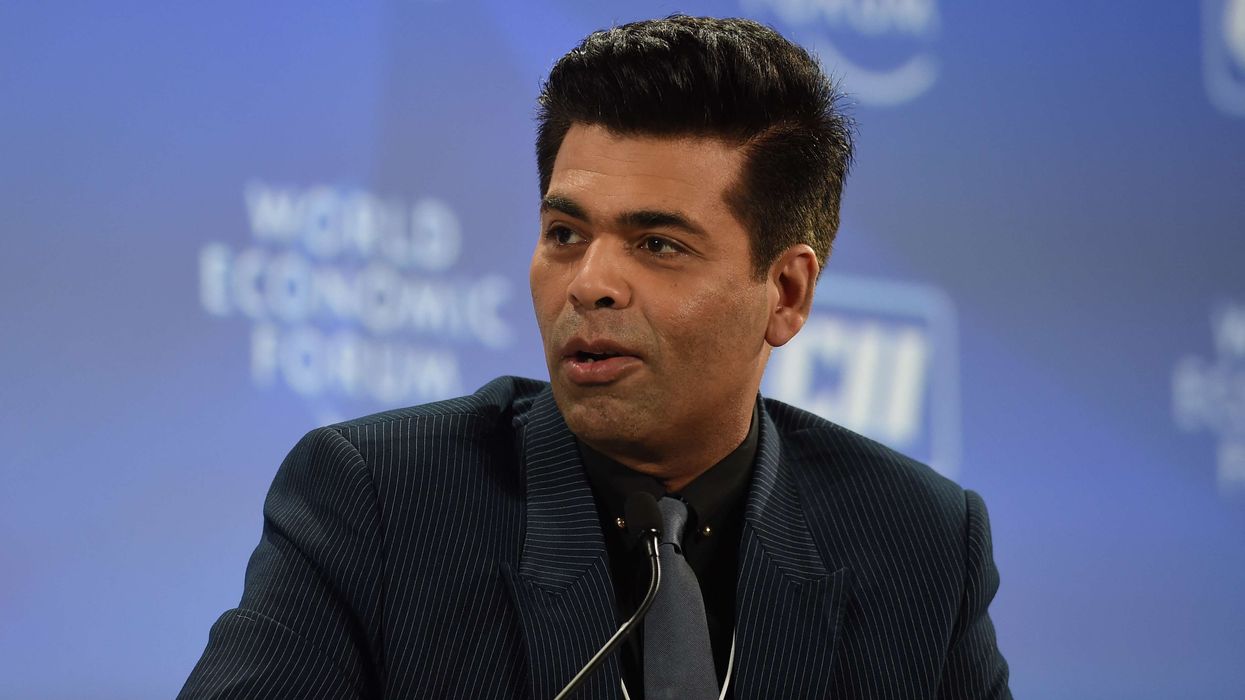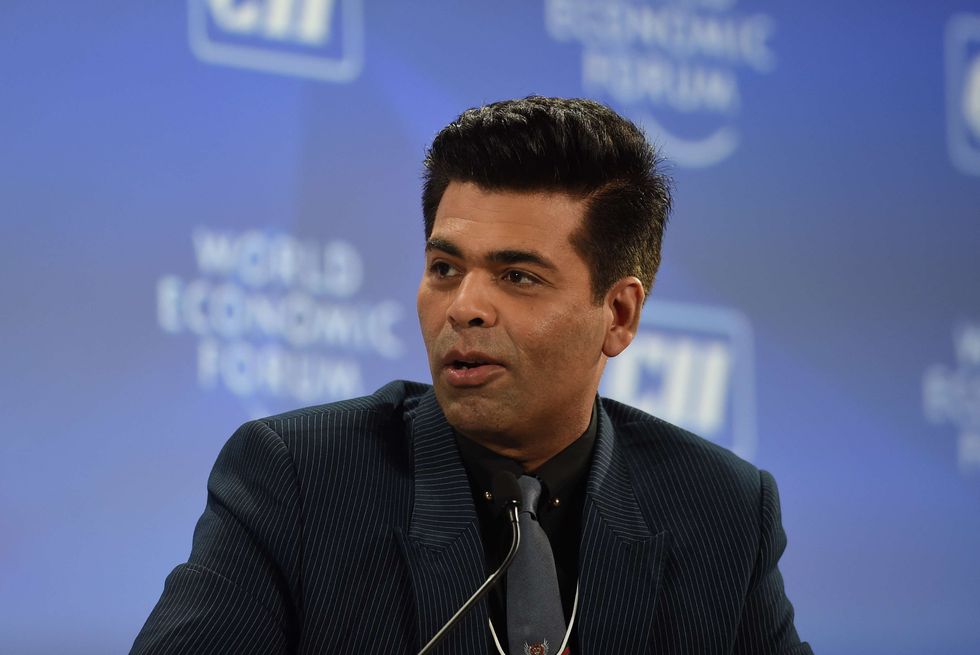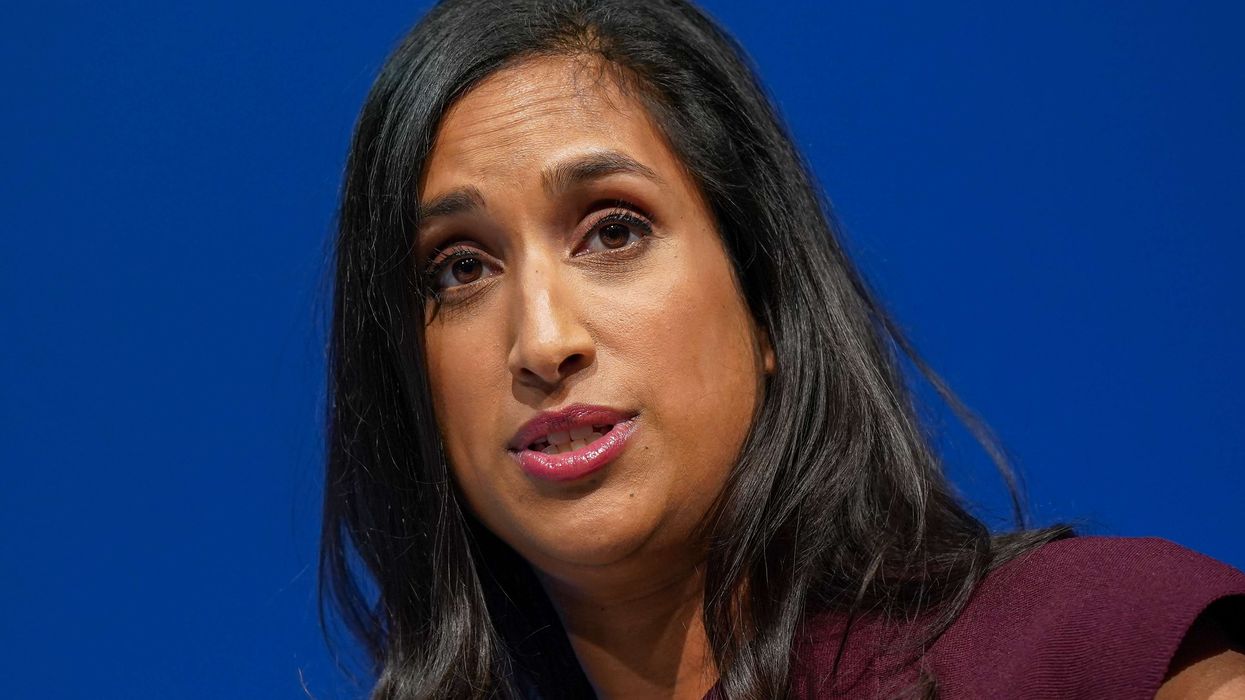Mohammed Siraj took his first five-wicket haul in just his third Test as India bowled Australia out for 294 to set up an enthralling final day of the four-match series in Brisbane on Monday (18).
With the series locked at 1-1, India need 328 runs for victory or to bat all day for a draw to pull off the remarkable feat of retaining the Border-Gavaskar Trophy despite being severely weakened by injuries and captain Virat Kohli's paternity leave.
Siraj had Josh Hazlewood caught on the boundary to end Australia's innings and return figures of 5-73 as clouds formed over the Gabba. Indian openers Rohit Sharma and Shubman Gill then faced just 11 balls, reaching four without loss, before light rain ended play.
Siraj and fellow quick Shardul Thakur (4-61), playing only his second Test, were exceptional as they kept the Australian scoring rate largely under control while taking wickets at regular intervals.
"It was my dad's dream that I should play for India, that the whole country will watch his son play," said Siraj, whose father died in November.
"How I wish he was here today with me, he would have been very happy. It is thanks to his blessings that I could take five wickets today. I am speechless, I am unable to speak about my performance."
Although most of the Australian batting order got starts, only Steve Smith converted and even he fell for 55 when surprised by a Thakur short ball.
Australia need to win to regain the Border-Gavaskar Trophy but, with more rain forecast for Tuesday, India will fancy their chances of surviving for the draw.
- Tricky wicket -
The highest run-chase to achieve victory at the Gabba is the 236 that Australia scored to beat the West Indies in 1951.
But as India have shown since their disastrous capitulation in the first Test in Adelaide, when they were bowled out for 36, they are never out of the contest.
They came back and won the Boxing Day Test in Melbourne, and then batted for more than a day to draw Sydney's third Test.
Smith said off-spinner Nathan Lyon, who is playing his 100th Test and needs three more scalps to reach 400 Test wickets, could play a big role on Tuesday.
"There's a nice crack forming outside the right-handers' off stump that he'll be looking to aim at," Smith said.
"If he hits good areas consistently tomorrow there is certainly no reason why he can't create some chances on a day-five wicket, that's for sure."
"The game's in a nice place for us -- the wicket is starting to play a few tricks," he added.
However, India will feel they can at least save the Test against an Australian attack that looked fatigued in the first innings.
- Flying start -
India claimed four wickets in the morning session to peg back a flying start by the Australians with David Warner and Marcus Harris taking advantage of some poor bowling.
The Australian openers added 68 runs off 19 overs when, with the score on 89, Harris fell for 38 when he tried to duck a Thakur short ball only for it to graze his glove on the way through to wicketkeeper Rishabh Pant.
It prompted a mini-collapse as two runs later debutant Washington Sundar trapped Warner lbw for 48, the Australian opener's highest score since his return from a groin strain in the third Test in Sydney.
First innings century-maker Marnus Labuschagne came to the crease and continued to attack, blasting five boundaries on his way to a quickfire 25 before he was straightened up by a Siraj delivery and edged a simple catch to Sharma at second slip.
Siraj, who was expensive in his early overs, then had Matthew Wade caught behind down the leg side for a duck three balls later to leave Australia 123 for four.
Smith and Cameron Green then began to take the game away from the visitors, though both had let-offs.
Smith was dropped at long-off by Siraj on 38 while Green survived a caught and bowled by the same bowler on 14.
But Siraj made amends when he got one to leap into Smith's glove with the former Australian captain on 55, while Thakur accounted for Green, Tim Paine and Nathan Lyon to complete his four-wicket haul.






 Dharma Productions scouts fresh faces after 500 auditions Getty Images
Dharma Productions scouts fresh faces after 500 auditions Getty Images 






